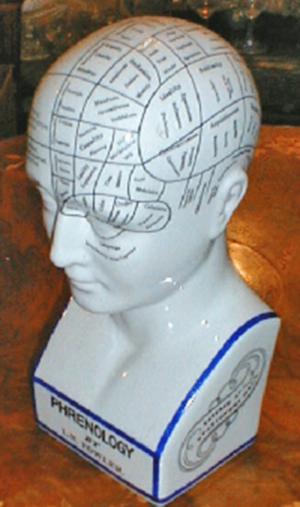Etched Glass PanelsHave you thought about purchasing an etched glass window and decided not to because of a concern with replacing the window sash if it becomes broken? Now there...
- Choosing a Ceramic Floor Sealer
- Tips to Help You Tile a Toilet Floor
- How to Sell Ceramics Online
- How to Selling Pottery
- Sell Ceramics on eBay
- Ceramic Kitchen Knives
- Craft Ceramics
- Multicolor ceramic decals screen printing techniques and precautions
- Understanding Industrial Ceramics
- Spanish Ceramics
- Ceramic Garden Pixies
- Ceramic Head













